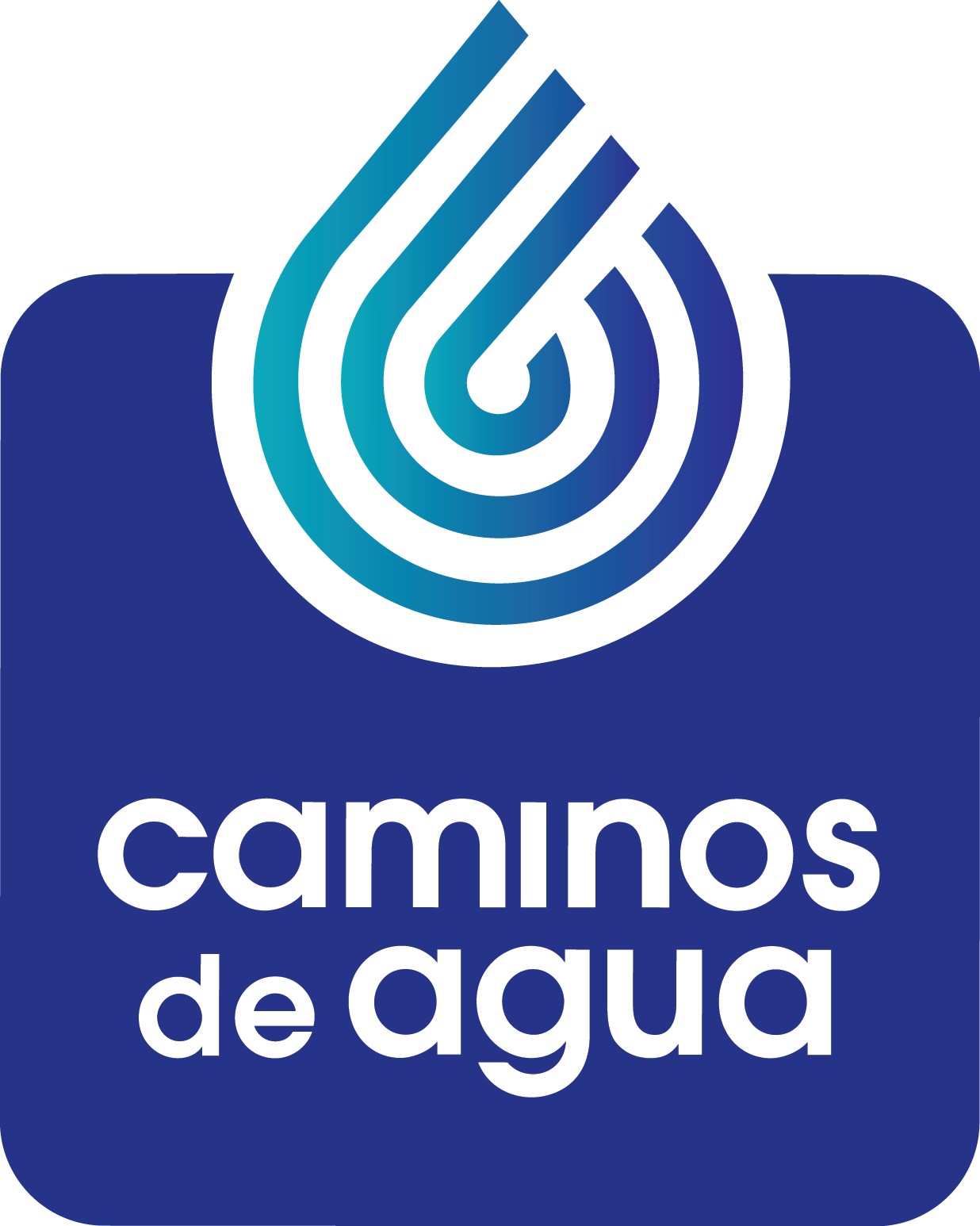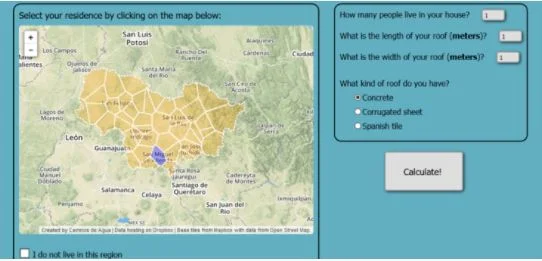Rainwater harvesting calculator launched!
Front screen
Many people ask us, “How much rainwater do I really need to collect?”
Each household’s water use is different. It depends on family size, location, and regular activities. People use rainwater for various purposes: some only for drinking, others for washing their car, watering their plants, or feeding their animals. Water use varies greatly around the globe.
The size of your collection tank(s) or cistern(s) also depend(s) not only on your use, but also on your roof's area and your regional rainfall.
Example results page: green indicates that you more than sufficient roof space to collect all your household's essential water.
Caminos de Agua has been working on general regional recommendations. Our “generic” guideline for capturing rainwater for drinking and cooking in Guanajuato's Independence Watershed is four square meters of roof area and eight hundred liters of storage capacity per person in the household.
There are many calculators online already. When we evaluated them, we deemed many too simple, too complex or too specific. (These examples may work for you, so don't take our word for it, check them out.)
Example results page: red warns you that your roof isn't large enough to collect all your essential water!
We thought that we could create something that better served our local population’s needs. We are now launching our calculator that is regionally-relevant, globally applicable, and easy-to-use to help households and communities size their rainwater harvesting systems. This is a pilot and we welcome comments and suggestions.
If you live in the Independence Watershed region, you need only provide your household size, roof area, roof type, and the location of your home: we've integrated local data into the calculator. If you live elsewhere, you will need to supply your monthly rainfall data, which can often be obtained through regional or federal agencies or here, for many supported countries. Check here for data for many areas.
The results tell you how much water your current house can collect and how to store it. It also calculates the minimum roof area and cistern size your household would need to meet its essential water need (the amount required for drinking and cooking every day, during an average year). Just remember, although rainwater is free of almost all contaminants, you still need to treat the biological contaminants (bacteria, viruses, etc.) for it to be safe!
Again, if you have any questions or comments, contact us! If you are an NGO or rainwater harvesting organization and you have regional rainfall data that you'd like included, please let us know.



